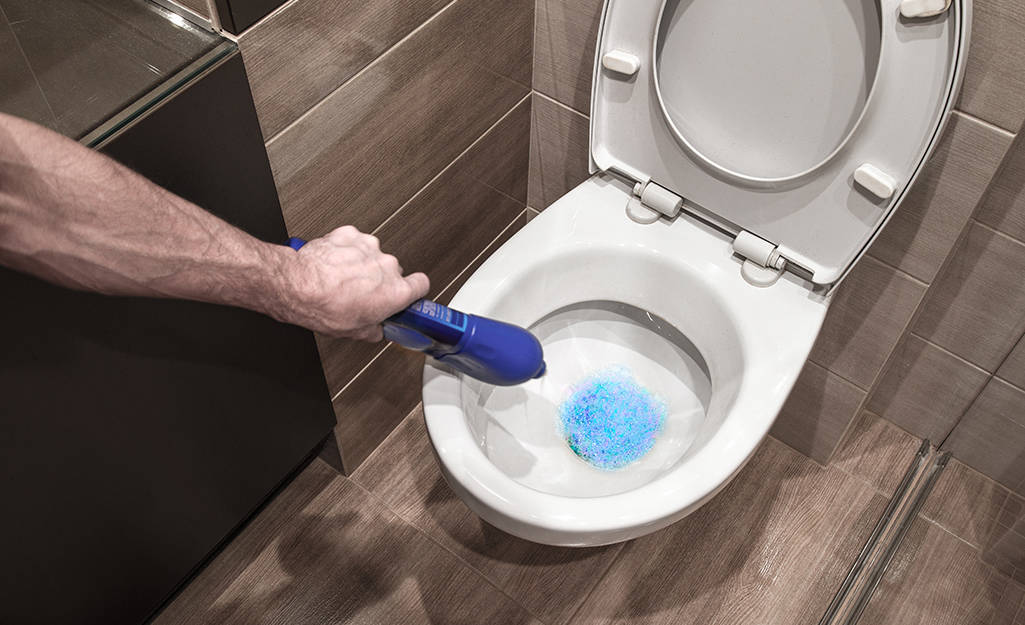A plunger is a classic tool for clearing a clogged kitchen sink. It works by creating suction and pushing out any blockages in the pipes. To use a plunger, place the rubber end over the sink drain and push down and up in a pumping motion. The suction should help dislodge whatever is causing the clog. If the clog is stubborn, try adding some boiling water to help loosen it up before using the plunger again.1. Plunger
A drain snake, also known as a plumbing auger, is a long flexible tool used to reach deep into the pipes and remove clogs. It works by either breaking up the clog or pulling it out. To use a drain snake, insert it into the sink drain and turn the handle clockwise to push it through the pipes. Once you feel resistance, turn the handle counterclockwise to pull out the clog. Repeat this process until the drain is clear.2. Drain Snake
Baking soda and vinegar are two common household items that can be used to clear a clogged kitchen sink. First, pour 1/2 cup of baking soda down the drain, followed by 1/2 cup of vinegar. Cover the drain with a cloth or stopper to contain the fizzing reaction. After 15 minutes, pour boiling water down the drain to flush out the clog.3. Baking Soda and Vinegar
If the clog is caused by grease or oil buildup, pouring boiling water down the drain may be enough to clear it. Boil a pot of water and carefully pour it down the drain in 2-3 stages, allowing it to work for a few seconds in between each pour. The hot water should help break down any grease or oil and flush it out.4. Boiling Water
If you have a wet/dry vacuum, it can be a powerful tool for clearing a clogged kitchen sink. First, remove any standing water from the sink using a cup or bucket. Then, place the vacuum nozzle over the drain and create a tight seal. Turn on the vacuum and let it run for a few minutes to suck out the clog.5. Wet/Dry Vacuum
Chemical drain cleaners can be an effective option for clearing a clogged kitchen sink, but they should be used with caution. These cleaners contain harsh chemicals that can be harmful to skin and pipes, so be sure to follow the instructions carefully. Also, avoid using them if you have a septic system as they can damage the system.6. Chemical Drain Cleaner
If you prefer a more natural option, consider using an enzyme-based drain cleaner. These cleaners contain bacteria and enzymes that break down organic matter in the pipes, such as food particles and grease. They are safe for pipes and the environment, but may take longer to work compared to chemical cleaners.7. Enzyme-based Drain Cleaner
Mixing hydrogen peroxide and baking soda can create a powerful solution for clearing a clogged kitchen sink. First, pour 1 cup of baking soda down the drain, followed by 1 cup of hydrogen peroxide. Let it sit for 30 minutes, then pour boiling water down the drain to flush out the clog.8. Hydrogen Peroxide and Baking Soda
A plumbing snake is a more heavy-duty version of a drain snake and is typically used by professional plumbers. It can be used in the same way as a drain snake, but is stronger and can handle tougher clogs. If you have a stubborn clog that other methods haven't been able to clear, a plumbing snake may do the trick.9. Plumbing Snake
A plumber's auger, also known as a toilet auger, is a specialized tool designed for clearing clogs in toilets and sinks. It has a long, flexible cable with a coiled end that can be inserted into the drain and rotated to break up and remove clogs. This tool is best used for more severe clogs or for when other methods have failed. With these top 10 main_powerhouse options, you should be able to clear a clogged kitchen sink in no time. Remember to always use caution and follow instructions carefully, and if the clog is too stubborn or you are unsure of what to do, it's best to call a professional plumber for assistance.10. Plumber's Auger
The Powerhouse Solution for a Clogged Kitchen Sink

Don't Let a Clogged Sink Slow You Down
 A clogged kitchen sink is one of the most common household problems that can quickly turn into a major inconvenience. Not only does it disrupt your daily routine, but it can also cause unpleasant odors and even damage to your plumbing system if left unresolved. Luckily, there is a powerful solution that can save you time, money, and frustration – the powerhouse.
A clogged kitchen sink is one of the most common household problems that can quickly turn into a major inconvenience. Not only does it disrupt your daily routine, but it can also cause unpleasant odors and even damage to your plumbing system if left unresolved. Luckily, there is a powerful solution that can save you time, money, and frustration – the powerhouse.
What is a Powerhouse?
 A powerhouse is a high-pressure water jet that uses a strong stream of water to blast away any clogs in your kitchen sink. It is a versatile tool that can be used for various plumbing issues, making it a valuable addition to any household. With its ability to exert a force of up to 4000 pounds per square inch, it can easily clear out even the toughest clogs.
Powerhouse
is a game-changer when it comes to unclogging kitchen sinks. Unlike traditional methods such as plungers or chemical drain cleaners, it doesn't simply push the clog further down the drain or damage your pipes. Instead, it completely removes the blockage, leaving your sink clean and free-flowing.
A powerhouse is a high-pressure water jet that uses a strong stream of water to blast away any clogs in your kitchen sink. It is a versatile tool that can be used for various plumbing issues, making it a valuable addition to any household. With its ability to exert a force of up to 4000 pounds per square inch, it can easily clear out even the toughest clogs.
Powerhouse
is a game-changer when it comes to unclogging kitchen sinks. Unlike traditional methods such as plungers or chemical drain cleaners, it doesn't simply push the clog further down the drain or damage your pipes. Instead, it completely removes the blockage, leaving your sink clean and free-flowing.
The Benefits of Using a Powerhouse
 Not only is a powerhouse highly effective in clearing clogs, but it also offers many other benefits for your household. First and foremost, it is
eco-friendly
as it does not use any harsh chemicals that can harm the environment. It is also safe to use and does not pose any health risks for you and your family.
In addition, a powerhouse is a
cost-effective
option compared to calling a plumber or constantly buying chemical drain cleaners. It is a one-time investment that can save you money in the long run. Moreover, it is a
time-saving
solution as it can quickly and efficiently clear out clogs, allowing you to get back to your daily routine without any interruptions.
Not only is a powerhouse highly effective in clearing clogs, but it also offers many other benefits for your household. First and foremost, it is
eco-friendly
as it does not use any harsh chemicals that can harm the environment. It is also safe to use and does not pose any health risks for you and your family.
In addition, a powerhouse is a
cost-effective
option compared to calling a plumber or constantly buying chemical drain cleaners. It is a one-time investment that can save you money in the long run. Moreover, it is a
time-saving
solution as it can quickly and efficiently clear out clogs, allowing you to get back to your daily routine without any interruptions.
How to Use a Powerhouse for a Clogged Kitchen Sink
 Using a powerhouse is simple and straightforward. First, you need to remove any standing water from your sink. Then, insert the powerhouse into the drain and turn it on. The high-pressure water jet will break up the clog and push it down the drain, clearing out the blockage.
However, it is important to note that a powerhouse should only be used for minor clogs in your kitchen sink. For more serious plumbing issues, it is best to consult a professional plumber.
In conclusion, a powerhouse is an efficient,
all-natural
, and
affordable
solution for clearing clogged kitchen sinks. With its powerful and eco-friendly approach, it is a must-have tool for any household. So don't let a clogged sink slow you down, get a powerhouse and tackle the problem head-on.
Using a powerhouse is simple and straightforward. First, you need to remove any standing water from your sink. Then, insert the powerhouse into the drain and turn it on. The high-pressure water jet will break up the clog and push it down the drain, clearing out the blockage.
However, it is important to note that a powerhouse should only be used for minor clogs in your kitchen sink. For more serious plumbing issues, it is best to consult a professional plumber.
In conclusion, a powerhouse is an efficient,
all-natural
, and
affordable
solution for clearing clogged kitchen sinks. With its powerful and eco-friendly approach, it is a must-have tool for any household. So don't let a clogged sink slow you down, get a powerhouse and tackle the problem head-on.






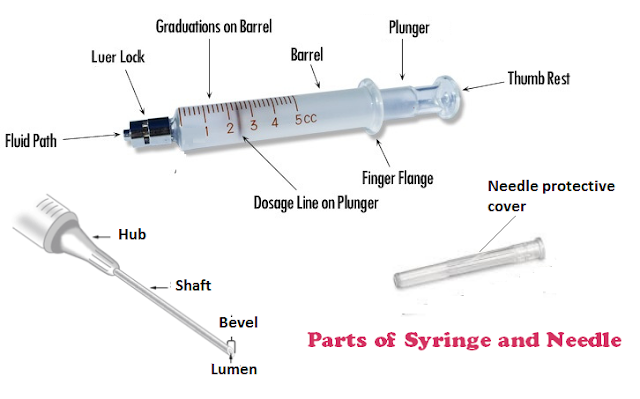






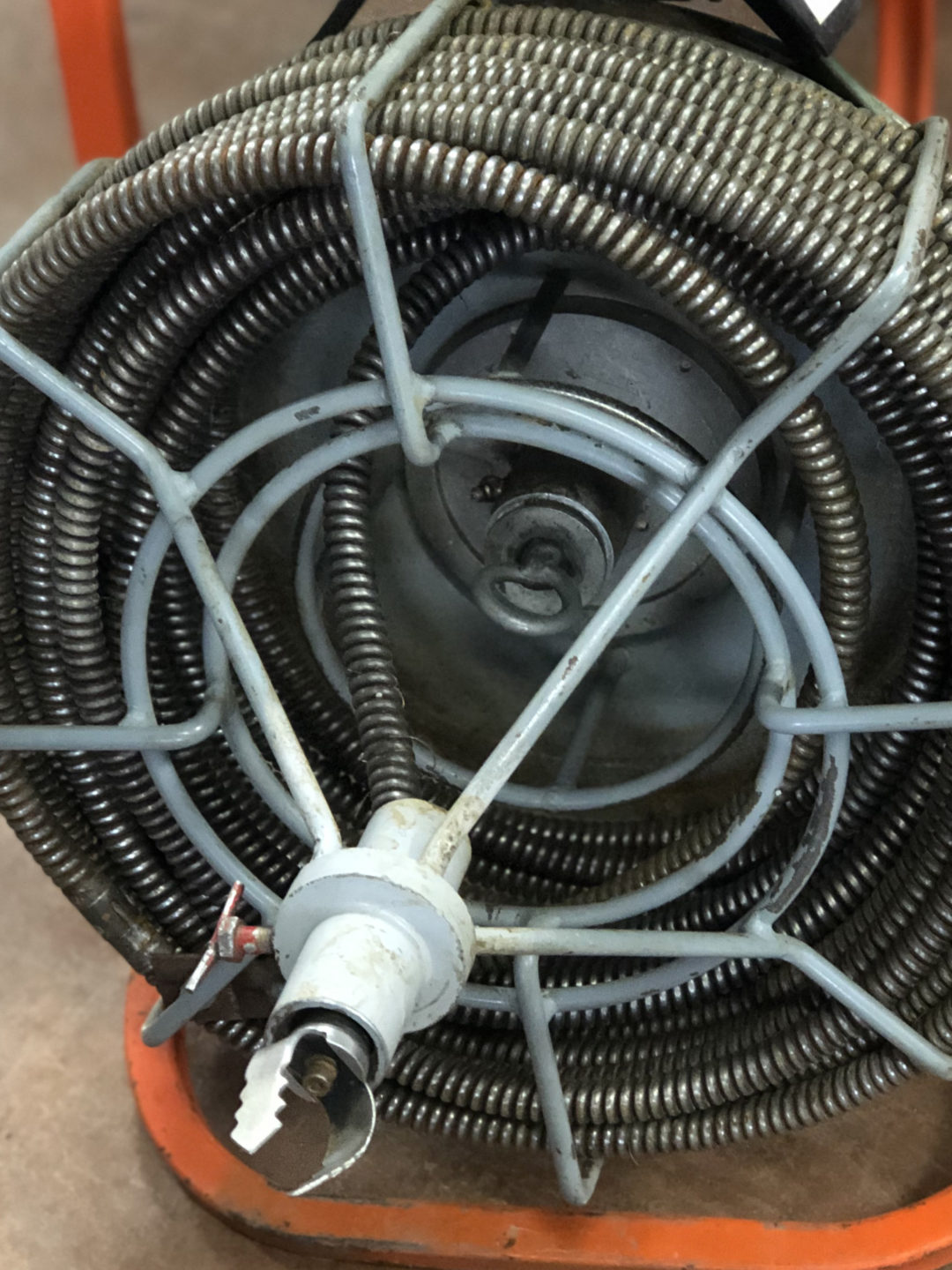





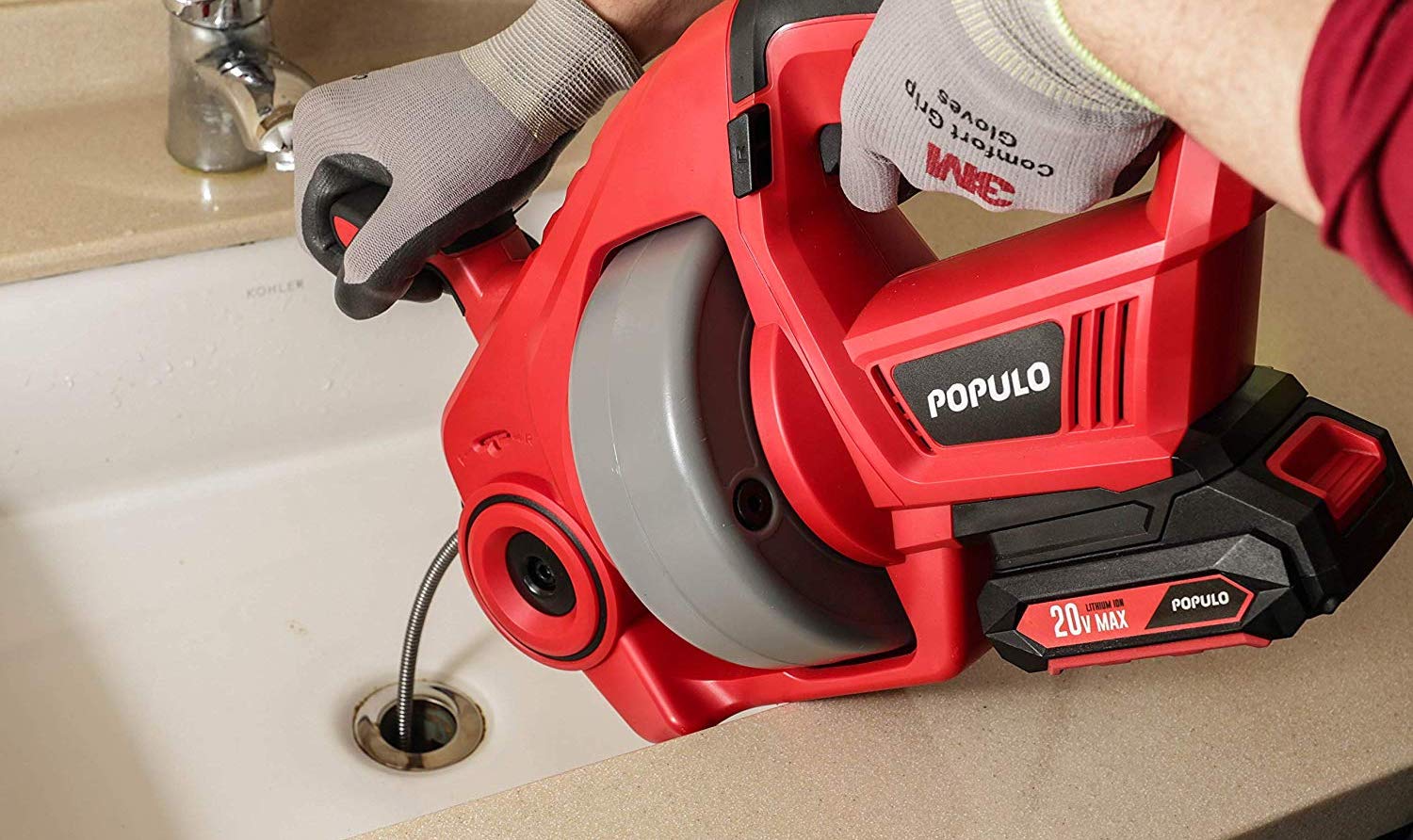





















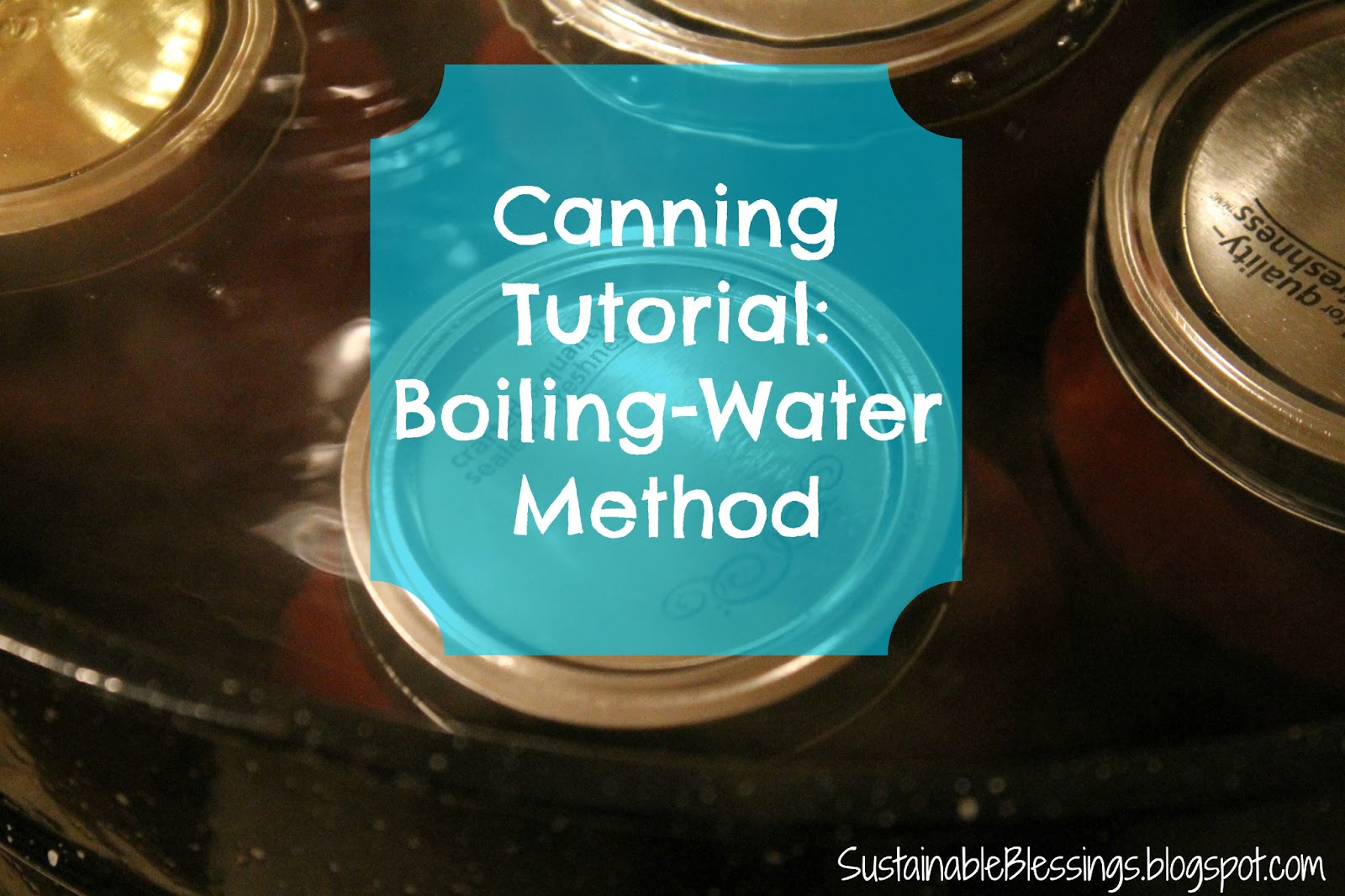





















:max_bytes(150000):strip_icc()/SPR-HOME-v2-8-best-drain-openers-4177167-8e4b5c1d411f4b888b7b67f53252aa86.jpg)
